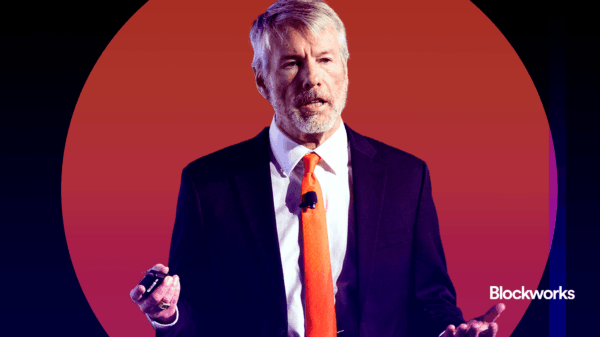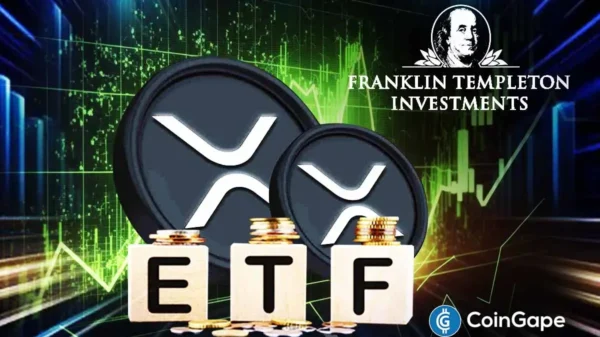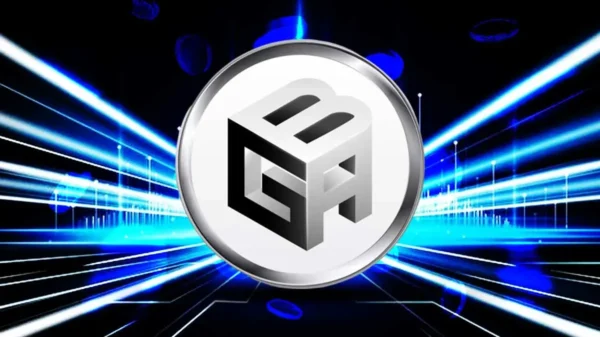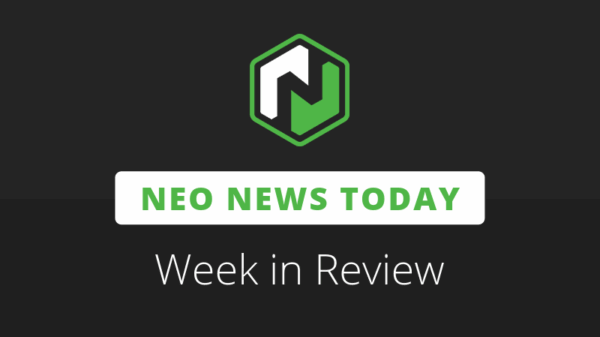In a transformative shift for the financial sector, Wall Street is turning its attention to Ethereum infrastructure as it seeks to revolutionize digital finance. Joseph Chalom, co-CEO of Sharplink and former head of digital assets at BlackRock, has indicated that this future is imminent, with Ethereum positioned at the forefront of this evolution.
Chalom recently shared insights on this trend in an interview, underscoring that major financial institutions are rapidly enhancing their digital finance capabilities. He asserts that Ethereum offers an ideal foundation for this transformation, combining essential elements that institutions prioritize: reliability, security, and deep liquidity.
Chalom characterized Ethereum as the only blockchain that satisfies the rigorous standards demanded by institutional players. Its long-standing track record of stable operation and ongoing development instills the confidence that large financial entities require to build their core systems on this rising Ethereum infrastructure.
Key Advantages of Ethereum for Institutions
When institutions contemplate migrating financial operations on-chain, a trustworthy base layer is critical. Chalom emphasizes that Ethereum uniquely fulfills this requirement. Some noteworthy advantages include:
- The most active network for stablecoins and tokenized assets.
- Proven security through extensive real-world application.
- Deep liquidity essential for executing large transactions.
- Leading in smart contract development and utilization.
Moreover, Ethereum is not merely another cryptocurrency. Chalom refers to it as a “productive asset” that generates real value, contrasting it with Bitcoin, which he describes as “digital gold.” While Bitcoin primarily serves as a store of value, Ethereum infrastructure actively creates value through its staking mechanism.
Staking: A Transformative Feature for Investors
The staking yield associated with Ethereum represents a significant opportunity for institutional investors. Chalom noted that Ethereum currently provides approximately 3% annual returns through staking, thus transforming the cryptocurrency from a speculative asset into a viable income-generating investment.
This yield offers tangible benefits that resonate with traditional financial perspectives. Institutional players can now perceive Ethereum not just as technological infrastructure but also as a revenue-producing asset. This dual characteristic enhances the appeal of Ethereum infrastructure to Wall Street.
Challenges to Institutional Adoption
Despite its clear advantages, institutions encounter several challenges in adopting Ethereum infrastructure. A primary concern is regulatory clarity, although recent developments indicate progress in this area. Additionally, scalability solutions are continually evolving, addressing transaction speed and cost issues that have historically deterred large-scale users.
Chalom remains optimistic, noting that the ecosystem”s rapid advancements consistently tackle these challenges. Each enhancement renders Ethereum infrastructure increasingly attractive to traditional finance entities.
Future Prospects for Digital Finance
The growing acceptance of Ethereum by Wall Street signifies a fundamental shift in the operation of financial systems. This transition to digital finance is not merely about improving efficiency; it aims to foster entirely new financial products and services. The Ethereum infrastructure serves as the cornerstone for this innovative wave.
As more institutions acknowledge Ethereum“s potential, we can anticipate a rapid development of tokenized assets, decentralized finance applications, and novel financial instruments. This evolution is set to reshape global finance in unprecedented ways.






































































